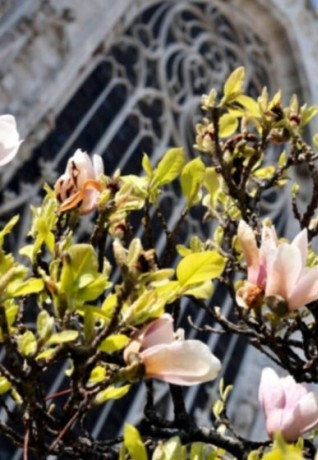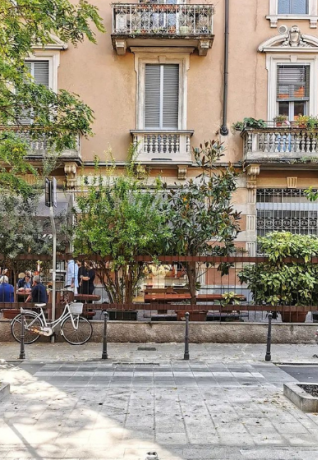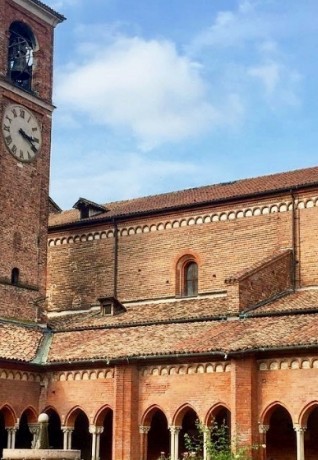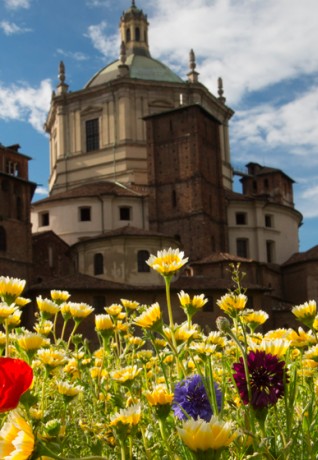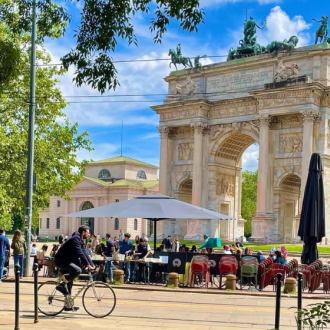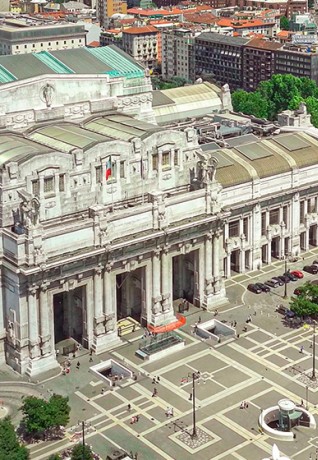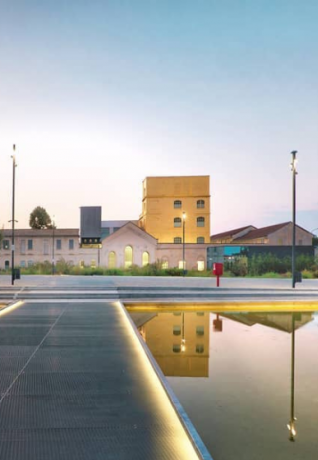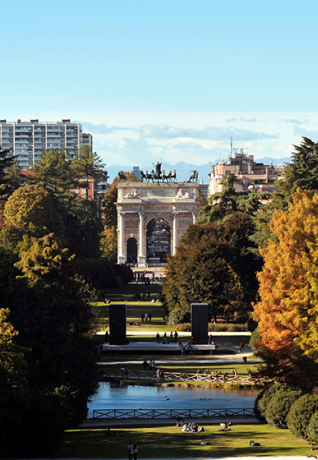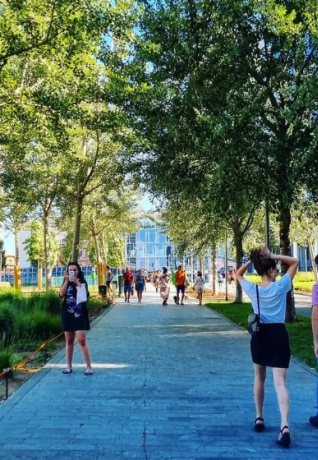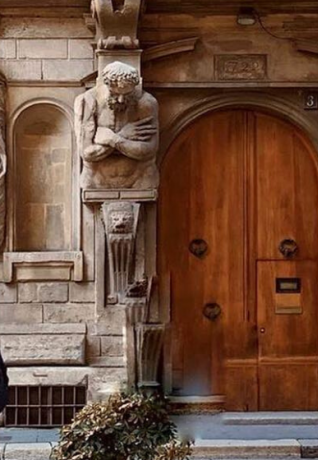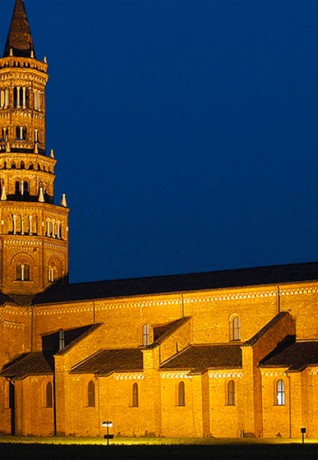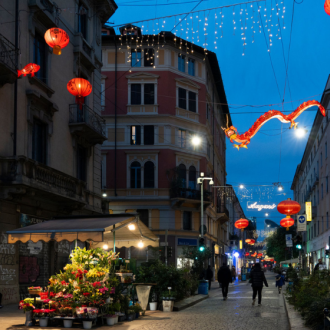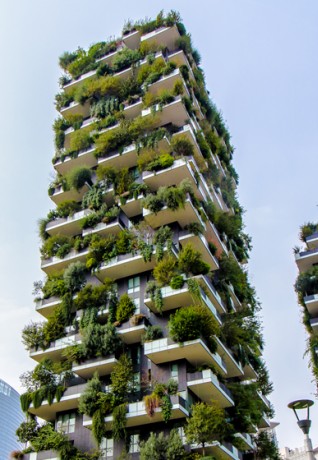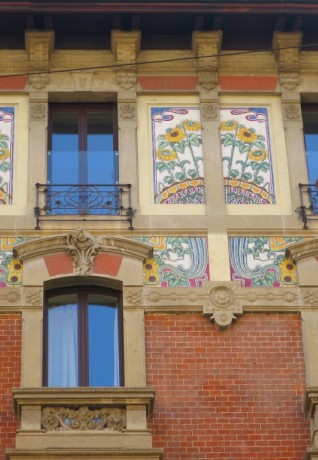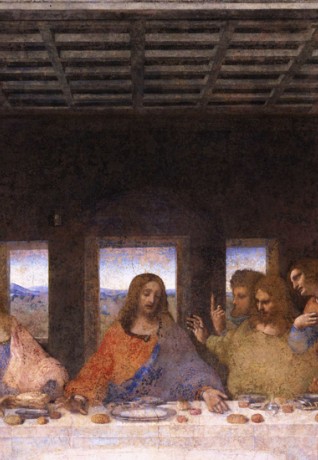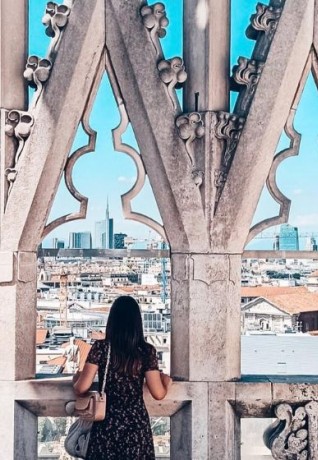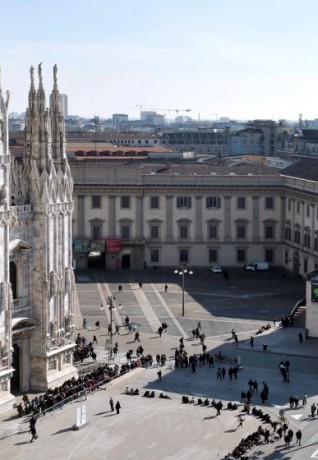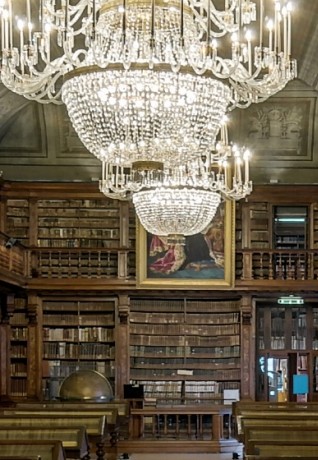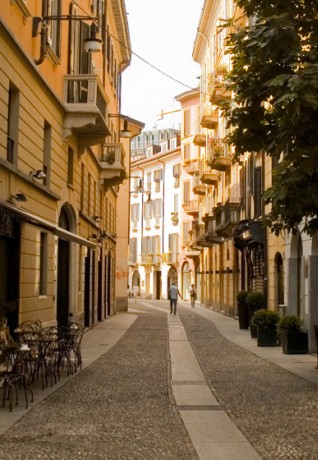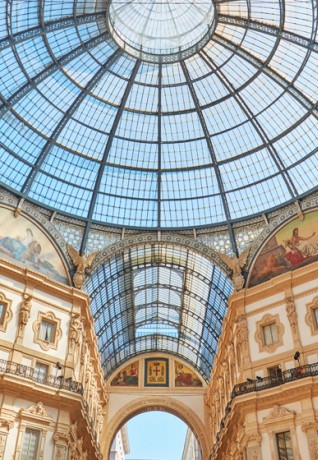An Art Nouveau Walk in 7 Stops
A journey through the shapes and colours of the Belle Époque
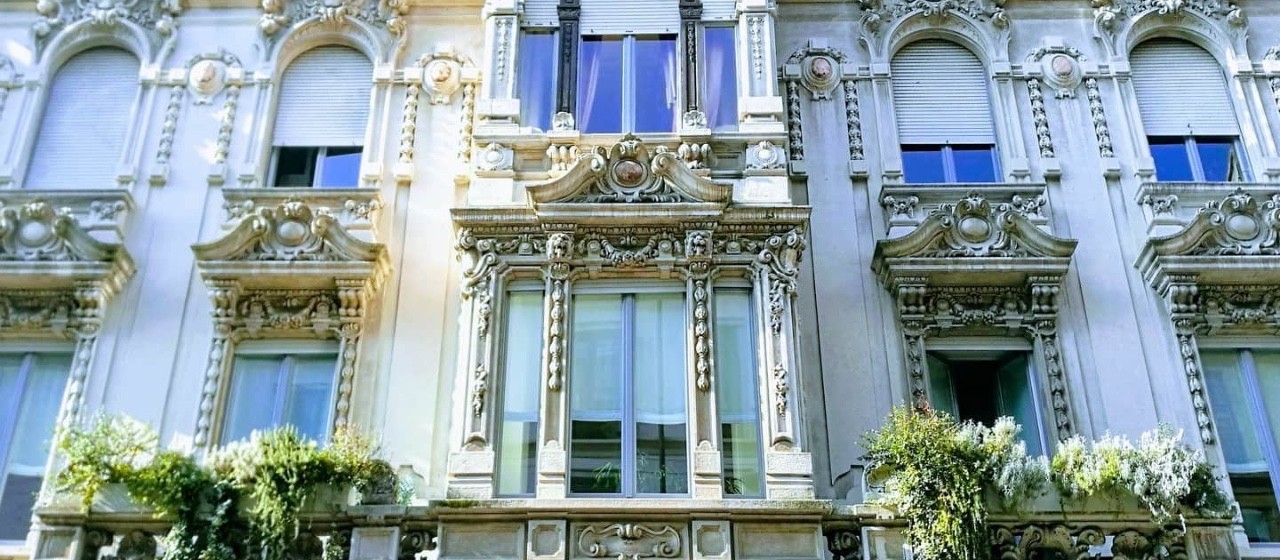
In Porta Venezia even architecture reminds us of freedom: Art Nouveau, one of the great New Things of the early twentieth century, has crept around staid aristocratic nineteenth century buildings with its winding forms and extravagant decorations.
Here, one walks looking upwards, expecting striking detail, natural forms morphing into urban design.
You are halfway in Corso di Porta Venezia, close to the Giardini Indro Montanelli. Palazzo Castiglioni is the starting point of our walk and opens up its doors to Art Nouveau in Milano, thanks to a young innovative entrepreneur and a star architect like Giuseppe Sommaruga. From a trip in Europe they brought back the latest thing, the modernist movement which in Italy would go by the name of Liberty.
Revolutionary, so different from the corso’s aristocratic palaces, with its asymmetries and exuberant decoration: such as the two scandalous women, naked from behind, that used to adorn the main entrance. They stood for Peace and Industry, but as they were naked and offered onlookers their rump, the place was soon known to everybody as Ca' di Ciapp, or “The House of Buttocks”, even as the statues were soon removed to another location (Villa Romeo Faccanoni, now a private clinic).
Touch the basement’s rough stone, admire the iron winding up in branches and reaching out to the leaves and flowers of the decorated windows. And if you look up to the eaves, you will find honeybees, a symbol of the hard-working businessmen of those days, who had embraced novelty in style.
Walk through Corso Venezia, past Piazza Oberdan: the most amazing of Art Nouveau buildings awaits you. Just look up: giant women in bright garments move around uninhibited, peer from the windows and show off their sensuousness, inspirational muses for Belle Époque artists. Higher up, luxuriant floreal patterns dance with the supple wrought-iron balconies. In this wonder, the Galimberti brothers, who had built the area’s most beautiful Art Nouveau houses, outdid themselves in richness of forms and materials.
Continue on via Malpighi and stop before the crossroads with via Melzo to find another less well-known instance of Art Nouveau. The architect, Giovanni Battista Bossi, is the same of Casa Galimberti; but on this occasion colour leaves the stage to sculpture.
Admire the façade: cherubs entwine with garlands, female hair become leafy branches, tiny flowers sprout from the eaves. Even concrete and iron seem weightless and embrace on balconies and windows.
And if you take a peek inside, catch this same effect in the gate, by master farrier Mazzucotelli, and in the staircase, one of Milano’s most beautiful.
Next stop is close by, at the end of via Malpighi. This hidden spot takes us back in time to the origins of cinema, when Milano was one of the first cities in Italy to produce films and show them to the public. What is now a small library was once one of the first facilities ever built to house a movie theatre: it took a French name to invoke the country where the seventh art was born. Now the writing Cinematografo is long gone from the front, but decoration from the opening day in 1910 remains: thanks to a prodigious use of concrete, a feast of flowers and ribbons frames the main door, and a woman’s face looks down at you.
Go back to Piazza Oberdan and right away at the crossroads with Viale Piave you cannot miss the imposing round corner building with a roof in Parisian style. It looks back to the carefree atmosphere of the Belle Époque, when at Bagno di Diana, the bathers’ laughter from the city’s first public swimming pool rang from the elegant weeping willow and horse-chestnut garden, and music was heard from the party hall.
Nowadays the building is a luxury hotel, the ideal spot for a classy aperitivo in an awesome garden with a picturesque fountain.
Art Nouveau encounters are all over the area.
Walking along Viale Majno, turn into via Maggiolini where, at the crossroads with via Vivaio, you will come across Casa Tensi. It is not quite as striking as the buildings we have already met, but the lines and decorations invoke mainstream European Art Nouveau. Imagine leaning out, in a moment of relax, from the charming corner bow window that softens all the lines of the building.
Your itinerary is enriched by further Art Nouveau encounters along via Donizetti. At the crossroads with via Bellini, architect Alfredo Campanini, in 1905, intrigued by the modern style, turns his lodgings into a total work of art, planning everything himself, from the architectural lines to the doorway’s sculptures, from the stained glass windows to the vegetal patterns of the ironwork.
Look how with gentle, delicate gestures two women merge with the entrance: they represent Painting and Sculpture - and seem to bequeath grace and lightness of being even to the heaviness of concrete.

 Log in
Log in


